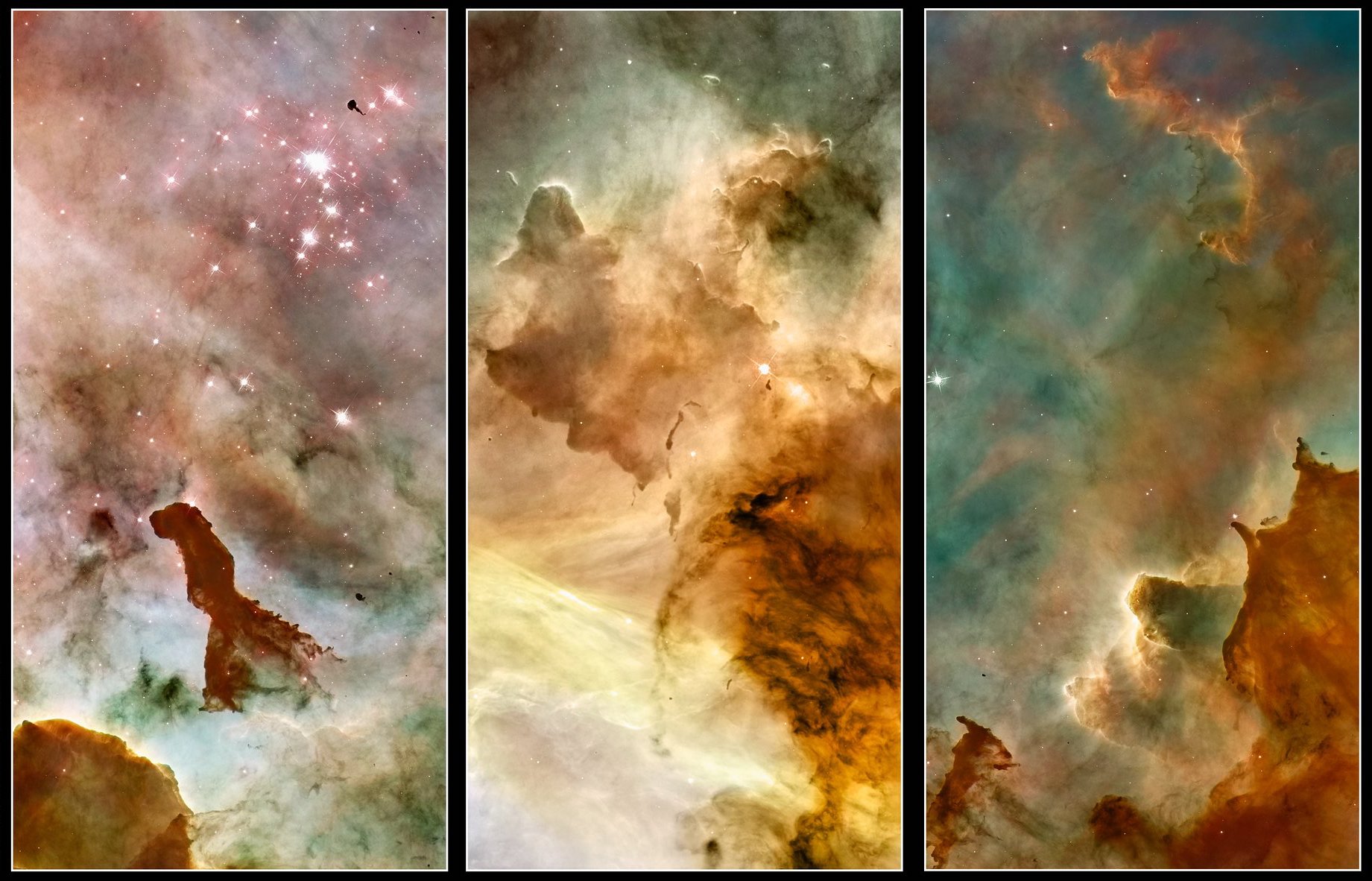You Only Get Three
Nancy Kress’s Approach to Story Openings
by Jack Windeyer

So, it depends on the length of your story. What if your story is long enough to contain a prologue? Writing prologues is a tricky business—they should be disconnected from the first scene in substance, but not far removed in theme. They should also hint at conflict:
To succeed, your prologue must contain a strong promise of conflict to come. Using the prologue to merely “set the scene” with passive descriptions of landscape or character background won’t work. In Crichton’s prologue to Jurassic Park, for example, a construction worker is severely mauled by an unidentified animal that, the cover picture indicates, will turn out to be a dinosaur—in contemporary Costa Rica. That certainly promises enough potential conflict to arouse readers’ curiosity.
—Beginnings, Middles & Ends - Nancy Kress
That is the theory of it, but I need to see this in action to really get it. Why not look at one of Kress’s prologues to see the application of her theory? Here is the entire prologue to her novella The Erdmann Nexus:
The ship, which would have looked nothing like a ship to Henry Erdmann, moved between the stars, traveling in an orderly pattern of occurrences in the vacuum flux. Over several cubic light-years of space, subatomic particles appeared, existed, and winked out of existence in nanoseconds. Flop transitions tore space and then reconfigured it as the ship moved on. Henry, had he somehow been nearby in the cold of deep space, would have died from the complicated, regular, intense bursts of radiation long before he could have had time to appreciate their shimmering beauty.
All at once the “ship” stopped moving.
The radiation bursts increased, grew even more complex. Then the ship abruptly changed direction. It accelerated, altering both space and time as it sped on, healing the alterations in its wake. Urgency shot through it.
Something, far away, was struggling to be born
This prologue works for several reasons. First, it’s a dramatic scene: something changes from beginning to end. The ship starts out traveling in an orderly way. By the end of the scene, it’s not. This small inter-scene change hints at a larger conflict: something is struggling to be born.
That final line holds a promise for the reader. Put another way: it raises a question. What is being born? That is the dramatic question.
But Kress doesn’t stop at that. There are two other questions raised: who is Henry Erdmann and how is he connected to this strange-looking ship? Why does this ship look nothing like a ship? The reader continues on, confident that she’ll get the answers to these questions.
Of course, writing a kick-ass prologue doesn’t excuse the writer from the need to write an equally kick-ass first three paragraphs of the story. And what better way to do that than to tie it into the hook from the prologue? Here is the opening to the first scene of the story:
Henry Erdmann stood in front of the mirror in his tiny bedroom, trying to knot his tie with one hand. The other hand gripped his walker. It was an unsteady business, and the tie ended up crooked. He yanked it out and began again. Carrie would be here soon.
He always wore a tie to the college. Let the students—and graduate students, at that!—come to class in ripped jeans and obscene T-shirts and hair tangled as if colonized by rats. Even the girls. Students were students, and Henry didn’t consider their sloppiness disrespectful, the way so many did at St. Sebastian’s. Sometimes he was even amused by it, in a sad sort of way. Didn’t these intelligent, sometimes driven, would-be physicists know how ephemeral their beauty was? Why did they go to such lengths to look unappealing, when soon enough that would be their only choice?
This time he got the tie knotted. Not perfectly—a difficult operation, one-handed—but close enough for government work. He smiled. When he and his colleagues had been doing government work, only perfection was good enough. Atomic bombs were like that. Henry could still hear Oppie’s voice saying the plans for Ivy Mike were “technically sweet.” Of course, that was before all the—
A knock on the door and Carrie’s fresh young voice. “Dr. Erdmann? Are you ready?”
We get a partial answer to the question Who is Henry Erdmann? He’s a government scientist turned professor. Now, as a reader, I’m even more invested in finding out what his connection to the ship is. And that’s the point; keep them reading.
So, what’s next? You need to successfully continue and complete a compelling first scene.
[There are] four elements that make a first scene compelling: character, conflict, specificity and credibility.
—Beginnings, Middles & Ends - Nancy Kress
That opening to the first scene nailed the work of establishing character and credibility. But it was missing the other two elements. Kress works on this throughout the rest of that scene (don’t take my word for it, read it for yourself). But just look at the incredible final paragraph of the scene:
“Dr. Erdmann?”
“I’m here.” He clunked to the door and opened it. Carrie wore a cherry red sweater, a fallen orange leaf caught on her hat, and sunglasses. Such a pretty girl, all bronze hair and bright skin and vibrant color. Outside it was drizzling. Henry reached out and gently removed the sunglasses. Carrie’s left eye was swollen and discolored, the iris and pupil invisible under the outraged flesh.
“The bastard,” Henry said.
I think you’ll agree that it contains both the dazzling specificity of description and a classic example of conflict.
What comes next? You the writer can’t set up a story that goes nowhere. You must follow through and answer some of those questions you raised. Trust me, The Erdmann Nexus delivers on its premise. You can find it in Kress’s short-story collection titled Fountain of Age.